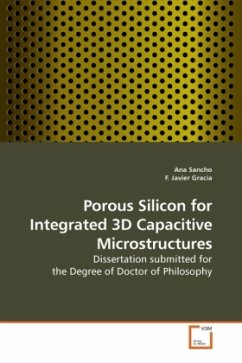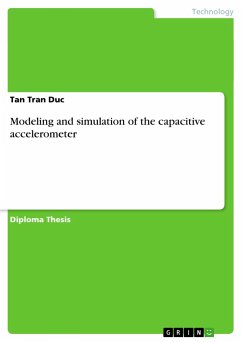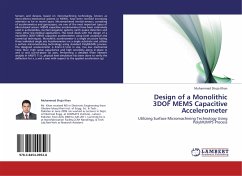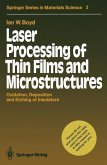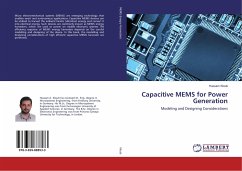In the industry of microelectronics, the fabrication of integrated capacitors has set a challenge in the last decades. Starting from the primitive two-dimensional planar capacitors and continuing with the current three-dimensional capacitors, charge-storage devices have evolved to continually fulfill the miniaturization required by the advances in ICs. Moreover, recent expansion of BioMEMS is urging the use of microcapacitors as micropowering devices. Since its discovery in the late fifties, porous silicon, has unceasingly surprised the scientific community with its preeminent attributes. The discovery in the late eighties of its luminescent properties produced an explosion of research on porous silicon. At the beginning of this millennium, the community was stunned again by the discovery of biodegradability and bioactivity of porous silicon in human fluids, opening a new door to unending applications. This work unifies the above mentioned fields by developing porous silicon for charge-storage applications. Macroporous silicon is developed to be used as a method for the surface area enlargement in a silicon integrated microcapacitor.
Bitte wählen Sie Ihr Anliegen aus.
Rechnungen
Retourenschein anfordern
Bestellstatus
Storno

